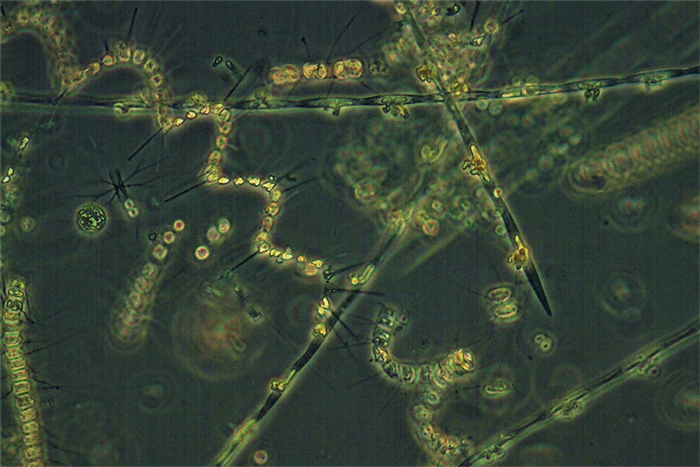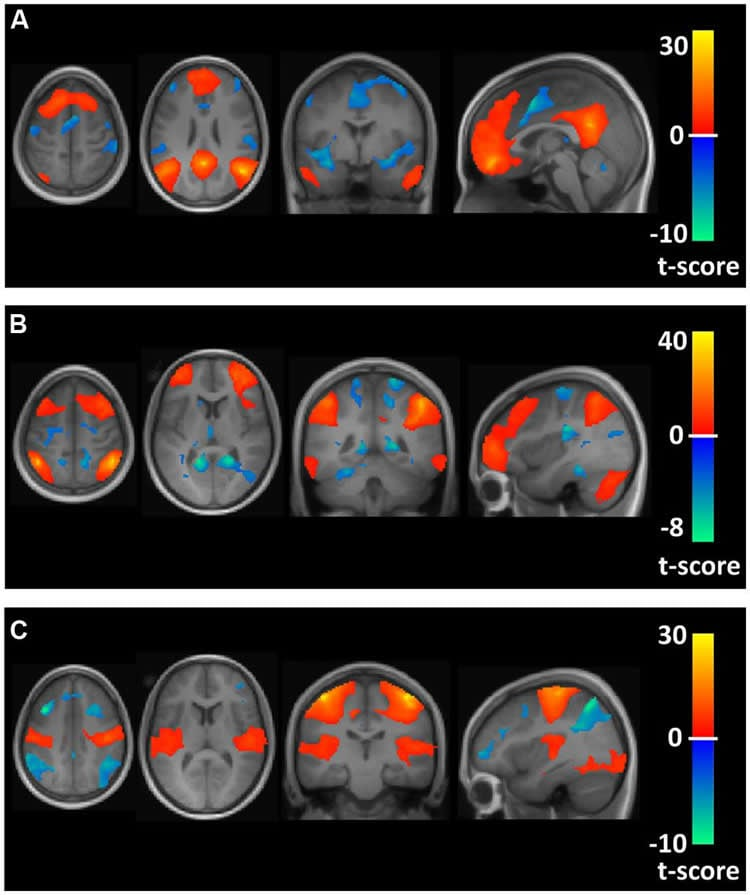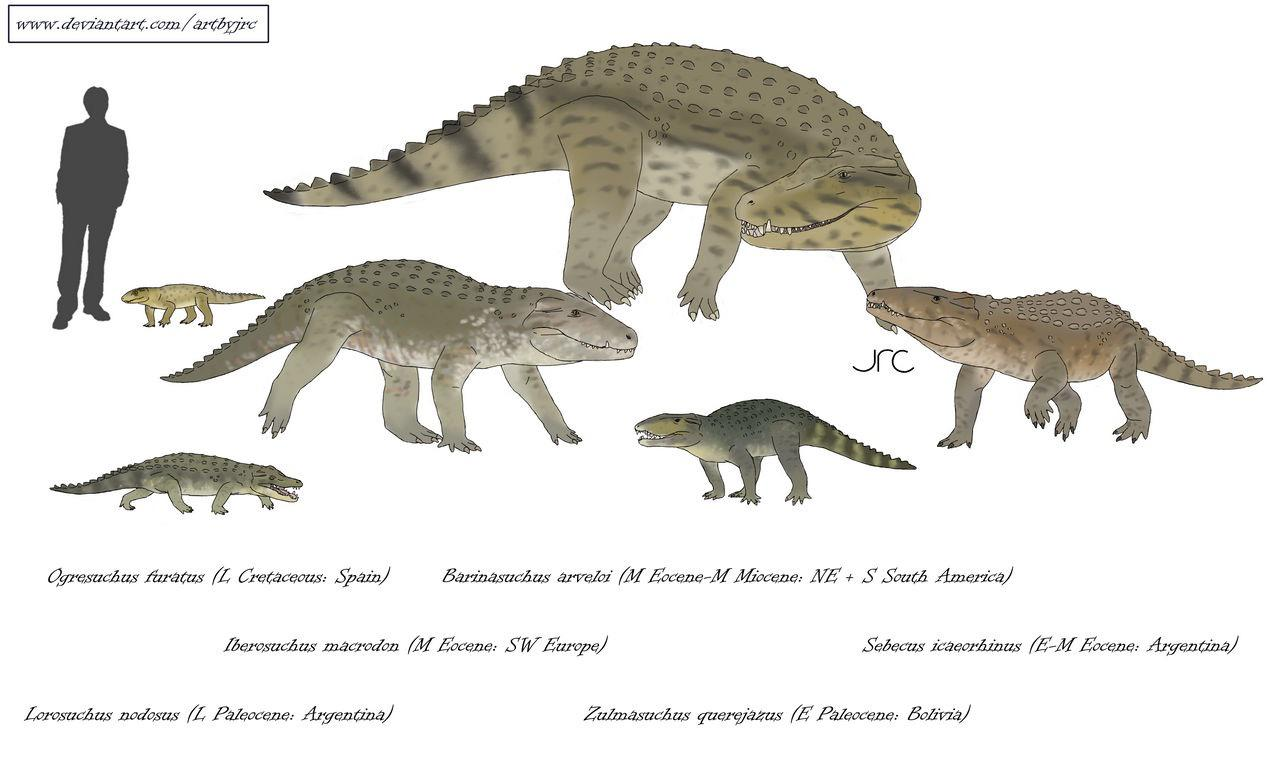Revived phytoplankton is capturing the attention of scientists and environmentalists alike, as researchers have resurrected ancient phytoplankton from the depths of the Baltic Sea. Among the notable success stories, Skeletonema marinoi, a type of marine algae, has been revived after lying dormant for nearly 7,000 years. This remarkable feat not only showcases the resilience of dormant organisms but also opens a window into ancient Baltic Sea ecology that was long thought lost. The revival of these ancient phytoplankton offers invaluable insights into past ecosystems, genetic changes, and environmental adaptations, particularly in the face of climate change. As we delve into the implications of marine algae revival, it becomes clear that these resurrected life forms hold keys to understanding our planet’s ecological history and future challenges.
The resurgence of ancient phytoplankton refers to the scientific breakthrough of reviving long-dormant microorganisms from marine environments, particularly those found in the Baltic Sea. This intriguing process involves awakening dormant organisms, like Skeletonema marinoi, which have been in a state of inactivity for millennia. Such findings not only illuminate the complexities of marine algae revival but also highlight the significance of these ancient life forms in understanding historical ecological dynamics. By studying these resuscitated species, researchers can glean insights into climate resilience and the evolutionary trajectory of phytoplankton populations. This scientific endeavor underscores the potential to unravel the past and foresee future environmental adaptations through the lens of revived marine algae.
The Remarkable Revival of Ancient Phytoplankton
Recent scientific advancements have led to the extraordinary revival of ancient phytoplankton from the depths of the Baltic Sea, some dating back nearly 7,000 years. These tiny organisms, during their dormancy, remained in a hibernation-like state at the seabed, expertly preserving a snapshot of ancient Baltic Sea ecology. This remarkable feat showcases the resilience of marine algae, especially species like Skeletonema marinoi, which has become the focus of intense study due to its historical significance and ecological contributions.
This groundbreaking research not only highlights the potential of dormant organisms, but also underscores the value of sediment deposits as time capsules. By extracting and analyzing samples from 240 meters underwater, researchers have unveiled a rich tapestry of historical ecological data. The revival of these organisms allows scientists to delve deeper into the evolutionary timeline of Baltic Sea species, understanding how they adapted over millennia, thus shining a light on the intricate web of life that once thrived.
Understanding Baltic Sea Ecology Through Phytoplankton
The revival of dormant phytoplankton offers profound insights into the Baltic Sea’s ecological history. As primary producers, phytoplankton like Skeletonema marinoi play a crucial role in marine food webs, influencing everything from nutrient cycling to supporting diverse marine life. By studying these ancient organisms, scientists can reconstruct past environmental conditions, providing a clearer picture of how changes in salinity, temperature, and oxygen levels impacted the Baltic ecosystem over thousands of years.
Moreover, this research allows for a comparative analysis of ancient and modern phytoplankton, revealing how climate change and other environmental stressors have driven genetic evolution. Such findings not only enhance our understanding of historical biodiversity but also inform current conservation efforts. The ability to trace genetic changes through living cells instead of relying solely on fossil records opens new avenues for ecological research and marine management.
The Significance of Skeletonema Marinoi in Scientific Research
Skeletonema marinoi stands out as a key species in the study of revived phytoplankton due to its successful revival from several sediment samples. Its resilience and adaptability despite thousands of years of dormancy fascinate scientists, making it a focal point for understanding how marine algae have evolved. The comparisons between these ancient specimens and their modern counterparts provide crucial insights into biological fitness and adaptability in changing environments.
Furthermore, the genetic analysis of Skeletonema marinoi reveals distinct groupings that indicate its evolutionary history within the Baltic Sea. The ability to detect genetic variations over such extended periods emphasizes the importance of this organism in understanding ecological dynamics. This knowledge not only contributes to our comprehension of past ecosystems but also enhances our predictive models regarding how future environmental changes may affect marine life.
How Dormant Organisms Like Phytoplankton Survive the Test of Time
Phytoplankton are fascinating examples of organisms capable of entering a dormant state to survive severe environmental conditions. When faced with unfavorable conditions, these small marine algae can significantly reduce their metabolic activity and sink to the ocean floor, lying dormant for thousands of years. This unique survival tactic enables them to wait for more favorable environmental changes, making them resilient to fluctuations that might otherwise threaten their existence.
The successful revival of these dormant organisms highlights not only their remarkable adaptability but also the key biological processes that allow for their survival. Studying these mechanisms provides insights into the fundamental biology of marine ecosystems. It also raises important questions about the role of dormancy in other organisms and its implications for biodiversity and conservation strategies in changing climates.
Insights Gained from Time-Jump Experiments
The concept of ‘time-jump experiments’ has emerged as a transformative approach in ecological research, allowing scientists to step back in time and observe ancient marine life. By reviving dormant phytoplankton like Skeletonema marinoi, researchers gain direct access to living specimens that reflect their historical environments. This innovative technique enables the examination of biological and genetic adaptations over millennia, offering unparalleled insights into evolutionary processes.
Such experiments not only bridge the gap between fossil records and living organisms but also facilitate a more comprehensive understanding of ecological shifts. The data gleaned from these studies can inform models for predicting how current environmental changes, such as climate change, might impact marine ecosystems in the future, ultimately guiding conservation efforts and ecosystem management.
The Role of Genetic Analysis in Understanding Evolution
Genetic analysis plays a critical role in understanding the evolutionary history of organisms, including ancient phytoplankton species like Skeletonema marinoi. By examining the genetic profiles of these revived organisms, scientists can identify adaptations and survival strategies that have emerged over thousands of years. This approach not only sheds light on the resilience of these marine algae but also provides a broader context for understanding genetic diversity within aquatic ecosystems.
Moreover, the ability to chart genetic changes over time allows researchers to assess how environmental pressures have shaped the evolutionary trajectories of phytoplankton. This information is vital for comprehending how these organisms may respond to future ecological challenges, thus informing our strategies for preserving marine biodiversity and ecosystem health.
Ecological Significance of Revived Phytoplankton
The revival of ancient phytoplankton is not just a scientific curiosity; it has profound ecological implications. Phytoplankton are the foundation of marine food webs, supporting a vast array of marine life. By resurrecting these organisms, scientists gain valuable insights into past climate conditions and their effects on marine ecosystems. Understanding how these ancient marine algae adapted is crucial for predicting how modern counterparts might survive ongoing environmental changes.
Additionally, studying revived phytoplankton like Skeletonema marinoi helps establish benchmarks for healthy marine ecosystems. Such insights are essential for managing current environmental issues, such as nutrient pollution and ocean acidification, which threaten the delicate balance of marine life. Thus, this research not only enriches our knowledge of ecological dynamics but also guides policies aimed at preserving marine environments.
The Future of Phytoplankton Research
The groundbreaking research surrounding the revival of ancient phytoplankton heralds a new era in marine biology. The successful revival of dormant organisms opens up a plethora of research opportunities, potentially reshaping our understanding of marine ecology and evolution. As scientists continue to unravel the mysteries of these ancient species, we can expect significant advancements in our ability to study the effects of climate change on marine biodiversity.
Future studies are likely to focus on broader applications of the time-jump experiments pioneered by these researchers. By exploring additional dormant organisms from varied ecosystems, researchers can gain further insights into global ecological shifts. The implications of this work extend beyond the scientific community, as it emphasizes the importance of protecting marine environments and the strategies necessary for sustaining life in our oceans.
The Cultural and Historical Importance of Phytoplankton
Phytoplankton, particularly ancient species like Skeletonema marinoi, are not only significant from a biological standpoint but also carry immense cultural and historical importance. They represent the intertwined history of all marine life, connecting modern ecosystems to ancient ones. The sedimentary deposits that harbor dormant phytoplankton also contain valuable archaeological artifacts and information about historical climate conditions, linking ecological and human histories.
By reviving these organisms, we not only enhance our scientific understanding but also cultivate a deeper appreciation for the natural processes that have occurred over millennia. This connection fosters a greater responsibility towards conserving our oceans, recognizing that the health of marine ecosystems is critical not just for biodiversity but for sustaining human life and culture as well.
Frequently Asked Questions
What is revived phytoplankton and how was it brought back to life?
Revived phytoplankton refers to ancient, dormant algae, specifically species like Skeletonema marinoi, that scientists have successfully resurrected from a state of dormancy. Researchers extracted samples from the sediments of the Baltic Sea, where these organisms had been in low metabolic activity for millennia, and brought them back to full viability in a laboratory setting.
Why is the revival of ancient phytoplankton significant for Baltic Sea ecology?
The revival of ancient phytoplankton like Skeletonema marinoi provides valuable insights into the historical ecology of the Baltic Sea. It allows scientists to study how phytoplankton adapted over thousands of years to changes in environmental conditions, shedding light on past ecosystems and the biodiversity that once thrived there.
How does dormancy work in phytoplankton like Skeletonema marinoi?
Dormancy in phytoplankton, such as Skeletonema marinoi, is a survival strategy allowing these organisms to enter a ‘sleep mode’ when environmental conditions become unfavorable. During this period, phytoplankton sink to the seafloor and enter a state of reduced metabolic activity, effectively preserving their genetic material and enabling revival when conditions improve.
What findings were revealed through the genetic analysis of revived phytoplankton?
The genetic analysis of revived phytoplankton showed that different groups of Skeletonema marinoi formed distinct genetic profiles over time. This indicates evolutionary changes and adaptations within the species in response to historical environmental conditions in the Baltic Sea, demonstrating how marine algae can provide a timeline of ecological change.
Can revived phytoplankton like Skeletonema marinoi help us understand climate change?
Yes, studying revived phytoplankton such as Skeletonema marinoi can enhance our understanding of climate change impacts. By analyzing how these organisms adapted to past environmental changes, researchers can gain insights into future adaptations and the resilience of marine ecosystems in the face of ongoing climate shifts.
What role do ancient phytoplankton play in understanding past marine ecosystems?
Ancient phytoplankton serve as a crucial record of past marine ecosystems. The sediments where dormant algae are found act as time capsules that preserve historical data about climate, oxygen levels, and salinity, allowing scientists to reconstruct past ecological dynamics and understand evolutionary processes in marine ecosystems.
How can scientists conduct ‘time-jump experiments’ using revived phytoplankton?
Scientists can perform ‘time-jump experiments’ by reviving ancient phytoplankton like Skeletonema marinoi to study their biological responses under various controlled laboratory conditions. This method allows researchers to simulate and understand significant stages of Baltic Sea development and trace genetic changes over millennia through living organisms instead of relying solely on fossils.
What makes Skeletonema marinoi one of the oldest organisms revived from dormancy?
Skeletonema marinoi is distinguished as one of the oldest organisms revived from dormancy due to the age of the samples from which it was extracted; some are believed to be around 6,871 years old. This longevity, combined with the successful revival and functional analysis in modern scientific contexts, positions it uniquely in studies of ancient marine life.
| Key Points |
|---|
| Seven thousand-year-old phytoplankton revived by scientists. |
| Phytoplankton were in a dormant state, not dead. |
| Study published in The ISME Journal in January highlights findings. |
| Dormant phytoplankton are found in sediment deposits in the Baltic Sea. |
| Collected phytoplankton samples taken from 240 meters deep in the Baltic Sea. |
| Skeletonema marinoi is the prominent species revived from the samples. |
| Ancient specimens showed no loss of biological fitness compared to modern ones. |
| Genetic analysis shows evolution of live specimens across millennia. |
| Study allows insights into ancient Baltic Sea ecological changes. |
Summary
Revived phytoplankton have opened a new frontier in our understanding of ancient marine life. Scientists successfully resurrected 7,000-year-old phytoplankton, providing insights into their dormant states and ecological adaptations. This groundbreaking research illustrates that it is possible to explore the genetic and functional changes of phytoplankton over millennia, revealing precious data about past ecosystems and biological communities. With advancements in techniques to study these ancient organisms, researchers can effectively trace how environmental changes have shaped the evolution of marine life in the Baltic Sea.



